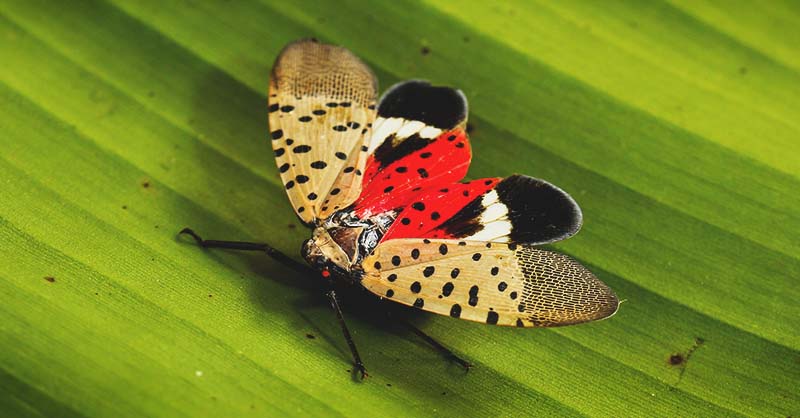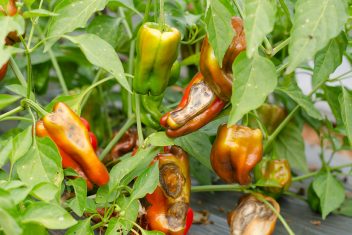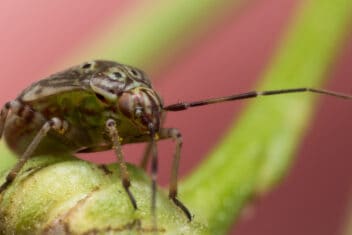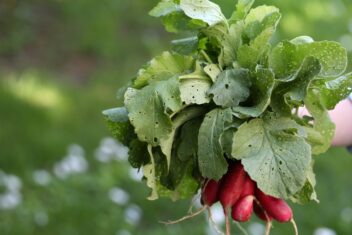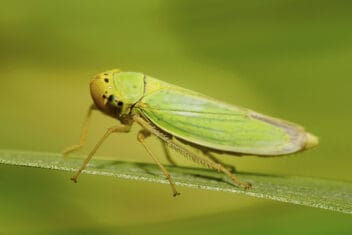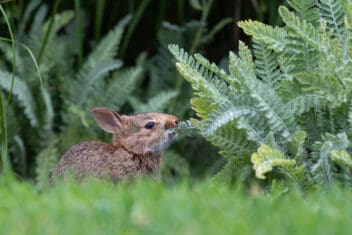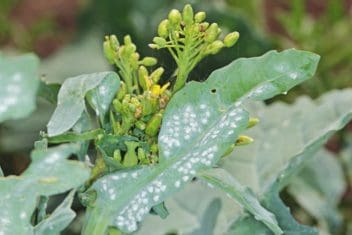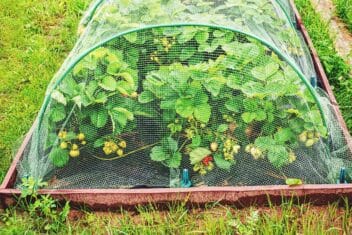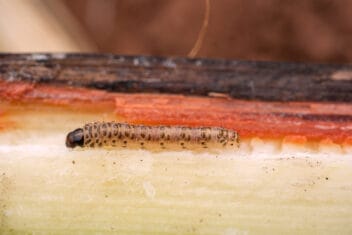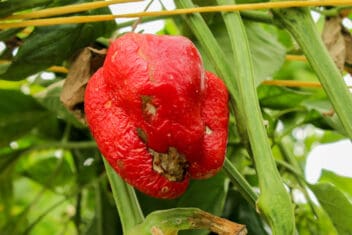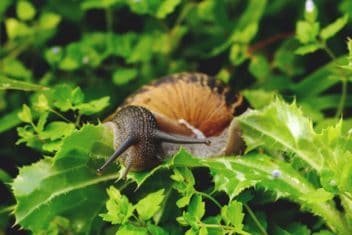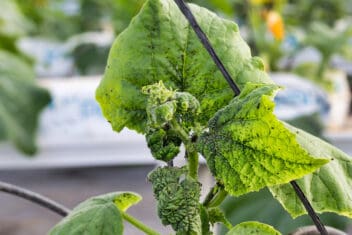A few years ago I signed up to receive all the agricultural pest and disease notifications for my region by email. Mostly, I get to ignore the notices because they don’t apply to organic gardeners. However, recently I got a notice for the Spotted Lanternfly (Lycorma delicatula).
This one caught my attention, not only because this pest is so eye-catching. But the email said it could negatively affect “agriculture, exports, tourism, and citizen livelihood”.
Now, I don’t usually swear. But when I read those words, I thought WTF (and not just the letters, whole words)! I mean, how could a single pest impact citizen livelihood?
Turns out this one does by being adaptable, quick to spread, and able to eat a long list of perennial plants.
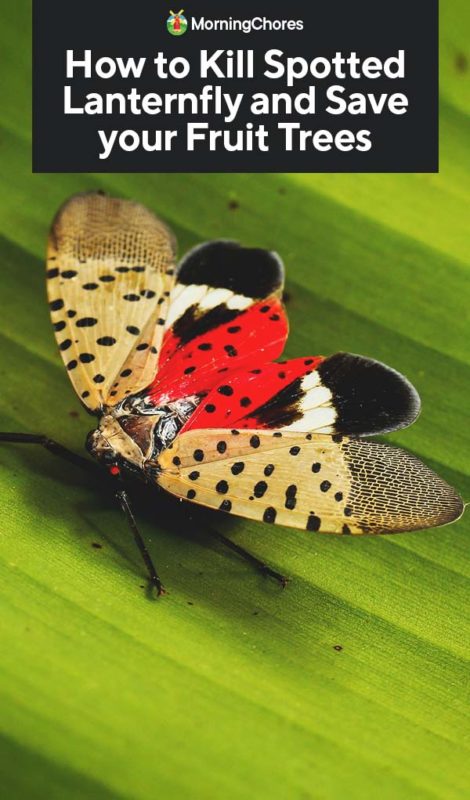
About the Spotted Lanternfly
This Asian native was first spotted in the US in Pennsylvania in 2014. Some reports say it came to the US by way of Chinese imports. However, as it is also prevalent in India, Japan, South Korea, and Vietnam, it really could have come from any of those places as well.
Lays Anywhere
One of the particularly problematic features of this pest is that it can lay eggs anywhere. They’ve been reported on cars, furniture, and other inanimate objects.
Spreads Quickly
Even if we don’t know exactly how this insect infestation originated, we do know this pest has quickly expanded its range. It’s been spotted in New York, Delaware, Virginia, and Massachusetts. Now, we’re on watch in my state, North Carolina. Canada too has issued notifications of warning.
Broad Range of Hosts
Another thing that makes this pest so problematic is that it can wound and eat the sap of over 65 host plants such as grapevines, fruit, nut, and other forest industry hardwood trees.
Highly Adaptable
It has also proved quite adaptable. For example, freezing weather in South Korea reportedly killed the eggs. However, the eggs are now surviving even harsher conditions in the Northern parts of the US.
Can Be Stopped
The good news is that this imported insect is not as resilient against pesticides as other imports like the brown marmorated stink bug that caused over $37 million dollars worth of damage to fruit crops in the US alone.
It also has a preference for the invasive Tree of Heaven, Ailanthus altissima, that has taken up residence in many parts of the Eastern United States. This makes it easier to find and treat.
Spotted Lanternfly Symptoms
Another bit of good news is that the spotted lanternfly is not an understated or hard to identify pest. It puts on quite a show in it’s bid to decimate our fruit and other plants.
Eye-Catching Adults
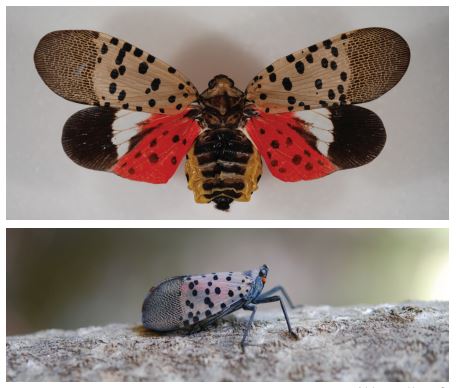
Adult specimens are about 1 inch long and half an inch wide. Their distinct spots and the fact that part of their wings turns bright red when mature, makes them easy to distinguish from other pests.
Jazzy Juveniles
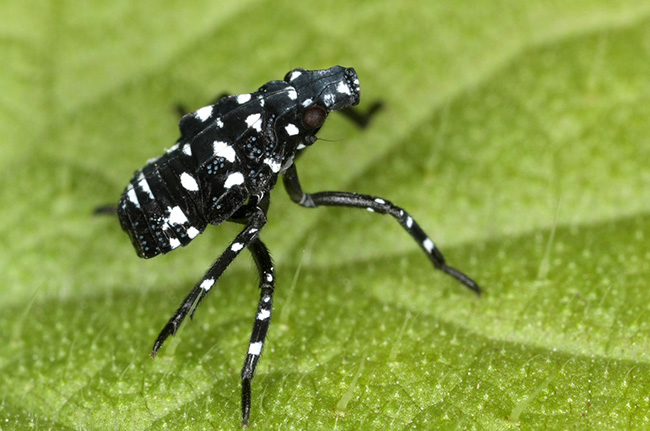
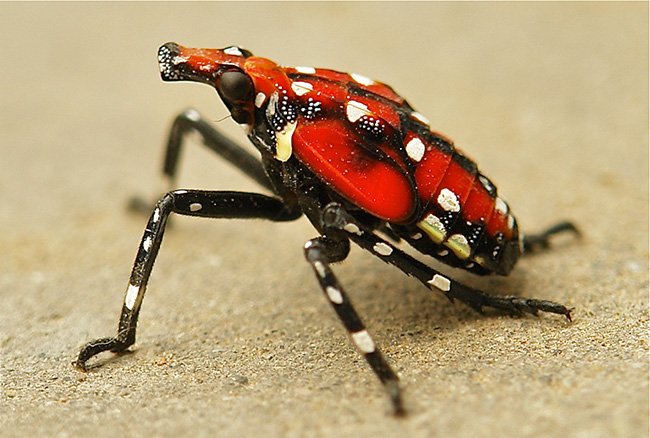
Even in the juvenile nymph stage, shown above, the spotted lanternfly puts on quite a bespeckled show. Note that relatively large suction-looking mouth. Therein lies the danger.
Sap Suckers

The spotted lanternfly can punch through hard bark barriers with those mouth-sucking parts. Then it effectively vacuums out the lifeblood of trees (a.k.a. sap). As it does, the spotted lanternfly adds its own sweet-smelling, syrupy honeydew (poop) to the sappy mix.
Honeydew Party
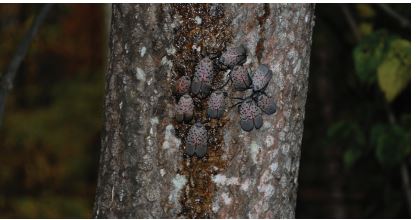
These pets are quite social too. They tend to feed in large groups, in the early evening. This increases the size of the wounds and masses of honeydew, making it run down surfaces in large patches. They lay eggs in masses too.
That intoxicating mix of sickly sweet stuff quickly attracts other plant harming eating insects to the party. It also limits the plant’s ability to uptake nutrients and water.
Mold Makes It Worse
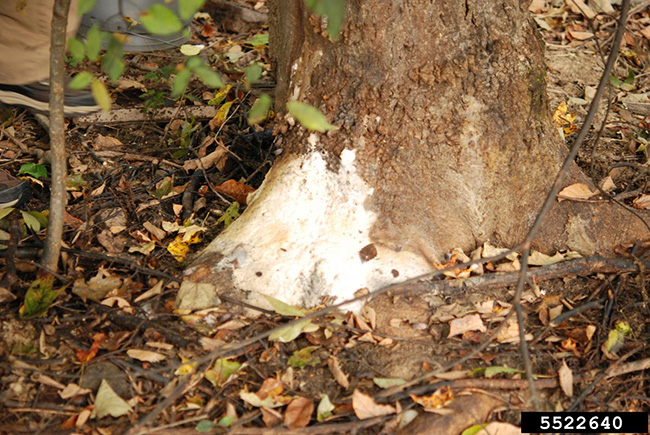
The deathblow, though, is often the fungal infections from mold that flourishes in the masses of mixed sap and honeydew. Soon the tree begins to smell like a fermentation experiment gone wrong.
Inevitably, the eaten alive, fungal-infected tree or grapevine meets its untimely end from a compromised immune system, under attack from too many things at once.
Plants at Risk for Spotted Lanternfly Infestation
As a relatively new pest to the US, we don’t yet have a full list of plants that are at risk for spotted lanternfly infestations. At this point though, we do know it prefers the Tree of Heaven. Yet, it has been found feeding on a number of alternative hosts.
On the edible side of things, the following plants are at risk:
- Grapevines
- Apple Trees
- Peach Trees
- Plum Trees
- Nectarine Trees
- Cherry Trees
- Hop vines
- Black Walnut
Additionally, home landscape and forest production plants such as willow, oak, pine, poplar, maple, tulip tree, and more have also been host plants for this pest.
The Lifecycle of the Spotted Lanternfly
Thankfully, the spotted lanternfly only breeds once annually. After a several hour courtship and a few minute sexual encounters, the female lays her eggs in masses on the smooth parts of plant surfaces and also on non-plant surfaces such as bricks, stones, or even parked cars.
The eggs hatch from spring to early summer. The juvenile spotted lanternflies suck sap from the young leaves and stems of available host plants.
The juvenile spotted lanternfly grows to maturity starting in late July. As adults, they are a bit more mobile and able to fly or use the wind to cover short distances to access their preferred plants. The adults have shown a preference for feeding on the Tree of Heaven and grapevines. However, they are known to feed on any available host plant.
Control Methods for the Spotted Lanternfly
There are a few things you can do to help limit the spread and risk to citizen livelihoods from spotted lanternfly invasions. If you see this insect or its eggs or nymphs, kill them immediately.
Manual Control
Check your trees regularly if you are at risk for this pest. Pay particular attention to your Tree of Heaven plants if you have them.
You can use a rock or leaf and your hand to squash them manually if found. Or use a sticky strip to collect and then kill the eggs and insects by drowning or burning.
Chemical Control
Most pesticides are not yet rated for use against the Spotted Lanternfly. However, since Pennsylvania was the site of the first infestations and the state was were given $17 million in federal funds to fight the problem, they have become a resource for effective pesticides solutions.
Check their website for recommendations on what to spray for different plants. Also, always make sure that whatever pesticide you spray is rated for use on the plant you are applying it to.
Notify Authorities
As this is a major risk to us all, make sure to report any sightings to your local agricultural or extension office immediately.
Help Heal Wounds
Also, remember to treat your wounded plant well so they can heal. Routine watering, maintaining sufficient soil fertility, and effective use of compost and mulch can help your plant resist infections and infestations as they seal up wounds.
Conclusion
Effective control is the key to preventing this potentially dangerous pest from getting a foothold near you. Now that you know what it is, how to identify it, and are ready to kill on contact, you can help solve this problem.
Let’s work together to stop the Spotted Lanternfly from causing serious harm to our orchards, vineyards, landscapes, and forests.
References
- https://extension.psu.edu/spotted-lanternfly-on-grapes-and-tree-fruit
- https://www.invasivespeciesinfo.gov/profile/spotted-lanternfly
- https://www.agriculture.pa.gov/Plants_Land_Water/ PlantIndustry/Entomology/spotted_lanternfly/ research/Documents/ SLF%20TWG%20Report%20020718%20final.pdf
- http://www.inspection.gc.ca/plants/plant-pests-invasive-species/insects/spotted-lanternfly/eng/1433365581428/1433365581959

